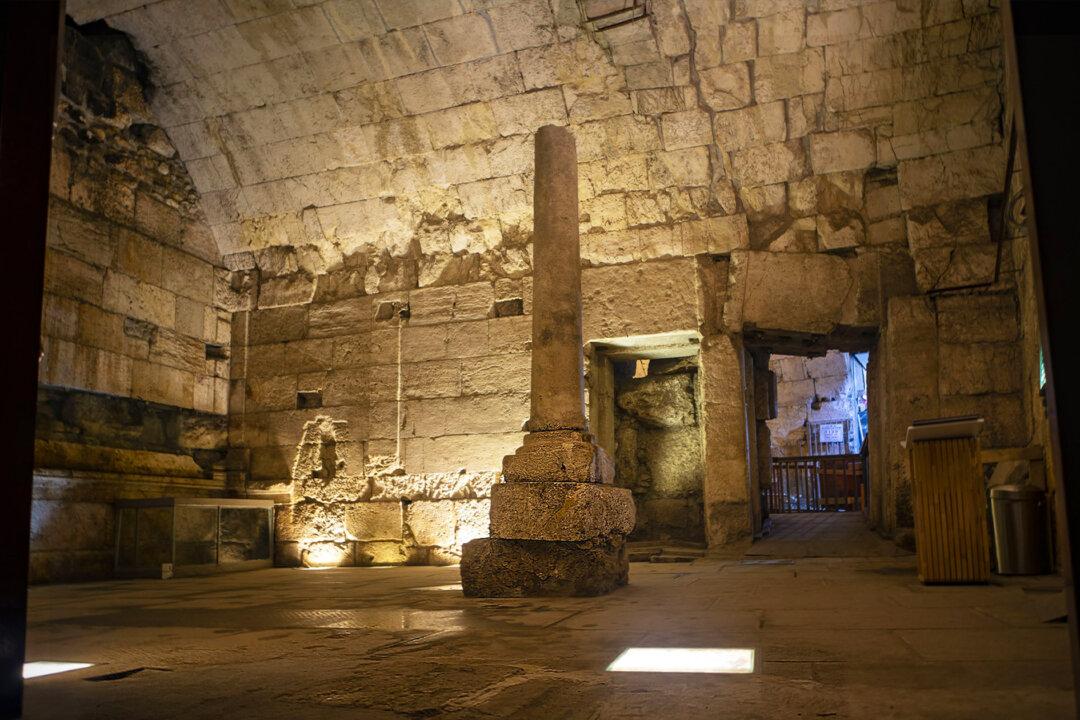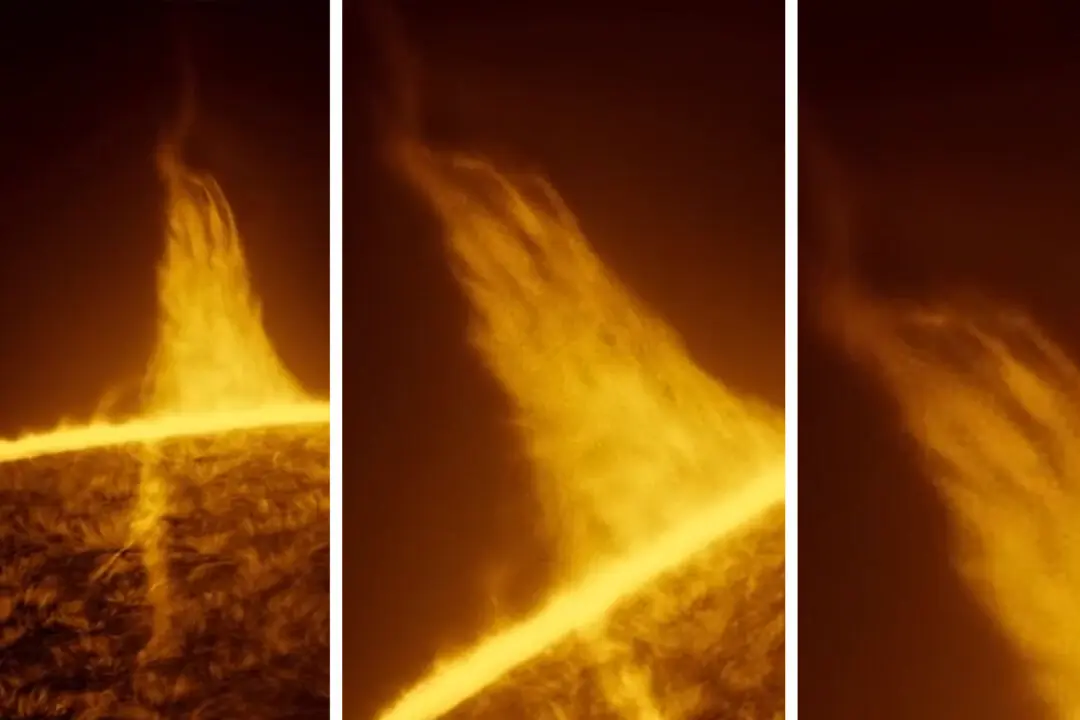The remains of Jerusalem’s Western Wall—some 2,000 years old—yielded some incredible architectural discoveries in the 19th century. Recently, impressive new sections of the Wall Tunnels have been revealed, for display to the public, in an archeological excavation by the Jerusalem’s Western Wall Foundation and Israel Antiquities Authority.
Built around A.D. 20–30, the tunnels consist of two large elaborate chambers, connected by a central passage and fountain, which, it’s speculated, once served to welcome guests to the city—perhaps even important dignitaries—during the time of the Second Temple in Jerusalem.






